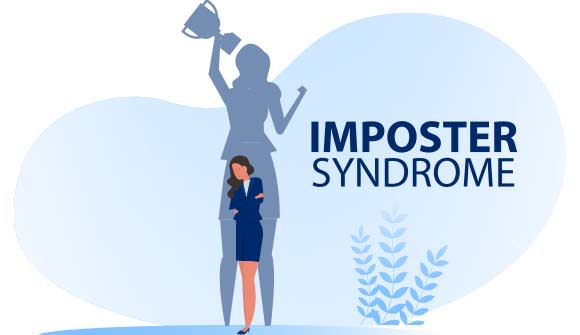Life in the 'fast' lane
Is intermittent fasting a fix or a fail?
Article Author: Beth Stambaugh
Article Date:

Intermittent fasting became a popular fad diet in 2018 with lots of celebrity endorsements. The diet is an eating pattern that alternates between fasting and eating, and focuses more on when you eat rather than what.
The most popular plan is fasting for 16 hours, followed by an eight-hour eating window, typically between 8 am and 2 pm. Another method is alternating 500-calorie days with eating normally, and fasting for two days (not in a row) within a week.
The science behind intermittent fasting and weight loss
While it hasn't been scientifically proven, a study in The Journal of Obesity reported intermittent fasting works by curbing appetite rather than burning more calories. The report claimed this eating method decreases ghrelin, the hunger hormone, while increasing leptin, the satiety hormone.
The same study showed that fasting prompts obese people to dip into their fat reserves, causing them to burn more fat.
"I have seen success with intermittent fasting for some of my patients with a BMI of 40 or higher, which is considered obese," said Jillian McMullen, a registered dietitian at the Baptist Center for Bariatrics. "It can also help jump-start weight loss if a patient reaches a plateau after having weight-loss surgery."
McMullen said it's important to eat healthy during the allotted window and not to overeat.
"You can't go crazy during the non-fasting hours. You still have to be controlled and eat sensibly or it will defeat the purpose," she said.
Is intermittent fasting right for you?
For people who want to lose a moderate amount of weight, say 10 to 20 pounds, intermittent fasting may help for a short period of time.
"As with any type of fad diet, the concern is for long-term sustainability," said Patricia McFall Calhoun, MD, FAAFP, a family care physician with Baptist Primary Care. "There are a few studies that show that intermittent fasting is probably equal to other healthy calorie-restricted eating plans, but not tremendously better."
One tip for curbing feelings of hunger while fasting includes eating high-fiber foods like nuts, beans, fruits and vegetables, along with high-protein foods like meat, fish or tofu, during the eating window. Drinking 64 or more ounces of water a day may also be helpful.
Always check with your doctor before starting a new diet.
"Some people aren't good candidates for this type of diet," said Dr. Calhoun. "This includes pregnant or lactating women, those with certain eating disorders, and diabetics who require strict glucose monitoring."
She added, "Your physician can create an individualized plan that may include intermittent fasting or other balanced calorie-restricted programs that are best suited for you. It's also important to include appropriate exercise for calorie expenditure and know that lifestyle modifications will help you feel and be a healthier you."
Looking for a primary care physician?
Call 904.202.4YOU (4968) or visit baptistjax.com/newdoctor.



